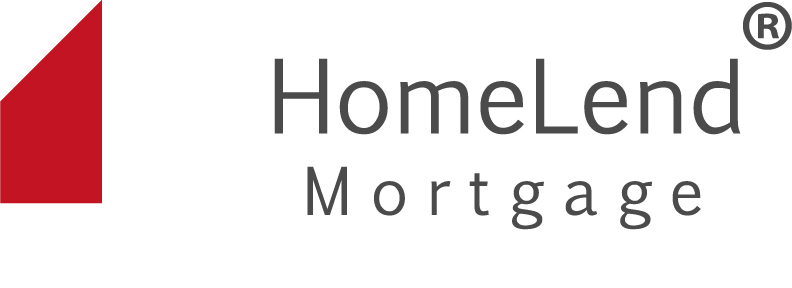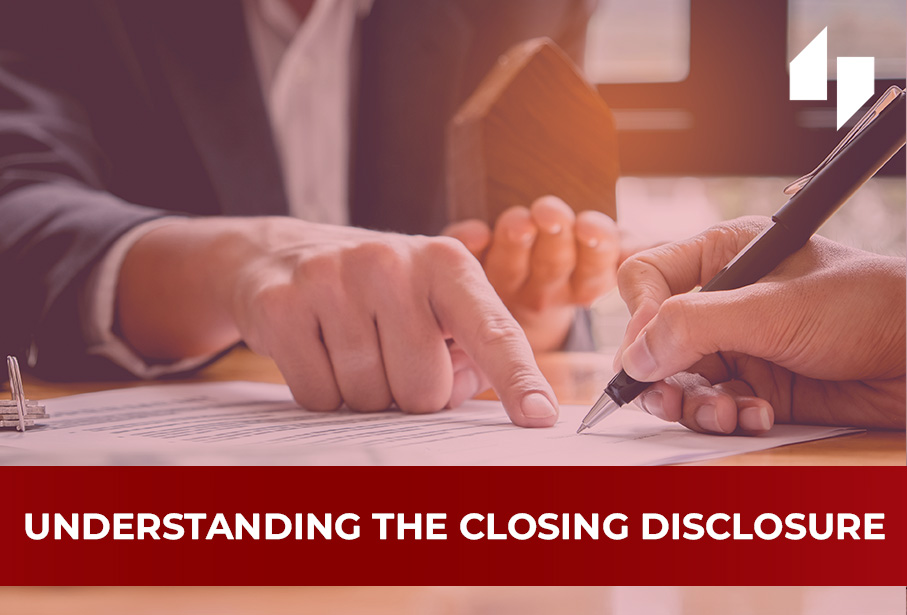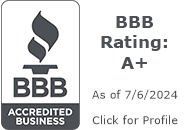What is a Closing Disclosure?
A closing disclosure is a five-page document that contains all the finalized details regarding your loan, including:
- Loan terms
- Projected monthly payments
- Closing costs
Your lender will send you the initial closing disclosure no later than three business days before your closing date. After you verify all the information is correct and sign the confirmation of receipt, your final closing disclosure will arrive approximately 24 hours before closing.
What is My Closing Disclosure For?
The closing disclosure has all the finalized numbers associated with your loan. It includes a multitude of other factors like taxes, insurance, and closing dates that are not reflected in the initial quote document because the specific amounts and due dates related to these items are verified throughout the loan acquisition process.
The Consumer Financial Protection Bureau (CFPB) provides a closing disclosure explainer tool on their website to help you familiarize yourself with the details and terms used in a closing disclosure. You can also use the mortgage closing checklist they provide to ensure you’ve done everything you need in order to be prepared for closing.
Make sure you comb through your documents carefully. If you have any questions or concerns, please contact your loan originator or closing team as soon as possible!
Closing Disclosure Breakdown
Some of the most important information you will find in the closing disclosure is outlined below:
- Loan terms: amount of the loan, interest rate, monthly payments including principal and interest, whether there is a prepayment penalty, PMI, and estimated escrow payment, if applicable
- Closing costs: origination, appraisal, title search, government recording, and if applicable, survey and attorney fees
- Prepaids: taxes, insurance, and per diem interest
- Escrows: a cushion of up to 2 months of homeowners insurance and taxes, if applicable
- Cash-to-close information to break down what you’ll either need to bring or be receiving at the closing table
- NOTE: If this is a cash-out refinance, this will be a negative number to signify the amount you have pulled out from this transaction
- Contact information for everyone involved in the loan
- Confirmation of receipt: a signature page confirming that you have received your closing disclosure
- NOTE: Signing this document only verifies that you have received the closing disclosure, not that you agree to the terms or that the information is completely correct. Please make sure you sign and return the document, and then if needed, you can contact your loan team for any necessary corrections or to answer any questions.
FAQs
How is the Payoff Calculated for My Refinance?
Your payoff is the sum of a few numbers: the outstanding principal balance, related fees charged by your current bank to close out the loan with them, and an interest buffer of at least 7 days.
What Are Escrow Accounts?
An escrow account is an upfront collection of funds to be used toward any property taxes and homeowners insurance that will come due in the next 60 days. You can find the information about these adjustments in Section G. Please note that if your closing date changes and falls in a different month, your escrow deposits will adjust accordingly.
Why Are You Collecting Property Taxes and/or Homeowners Insurance as a Prepaid?
If property taxes are due and payable in the next 60 days, you have two options: pay them through your new mortgage as a prepaid charge or pay them outside of closing and provide proof of payment.
If you have waived your escrow account, paying month-to-month for your homeowners insurance, and the renewal is due, at least three months of homeowners insurance payments will likely be reflected on your closing disclosure so that your policy is paid via your first mortgage payment.
You can likely have these prepayment charges removed from your closing disclosure if you can provide proof that your homeowners insurance or upcoming tax installment are being paid from your existing escrow account.
My Spouse is Not on the Loan and I Don’t Want Them Liable. Why Are They Listed on the Closing Disclosure?
Depending on state and local laws, if your spouse is listed on the title, then they must sign the closing disclosure. Only those listed on the promissory note are liable for this loan.
What if Something is Incorrect or I Have Questions?
If you notice an error in one of the documents, you’ll want to contact your lender immediately to get it fixed. Something as small as a misspelled name or address could delay your closing anywhere from a few hours to even a few days. The corrections should be reflected in the final closing disclosure which arrives a few hours before closing.
The CFPB also provides a guide to other key closing documents to help you ensure everything is in order.
Summary
Your closing disclosure is a breakdown of all the details of your loan. It is your last chance to ensure everything is going according to plan before you head to the closing table.
Part of our promise to get you from your quote to closing as quickly as possible hinges on the correctness of these documents. It is important you take the time to review it closely to ensure everything is satisfactory and there are no errors.
Ready to get your application started? Give us a call or click apply now to begin.








Comments are closed